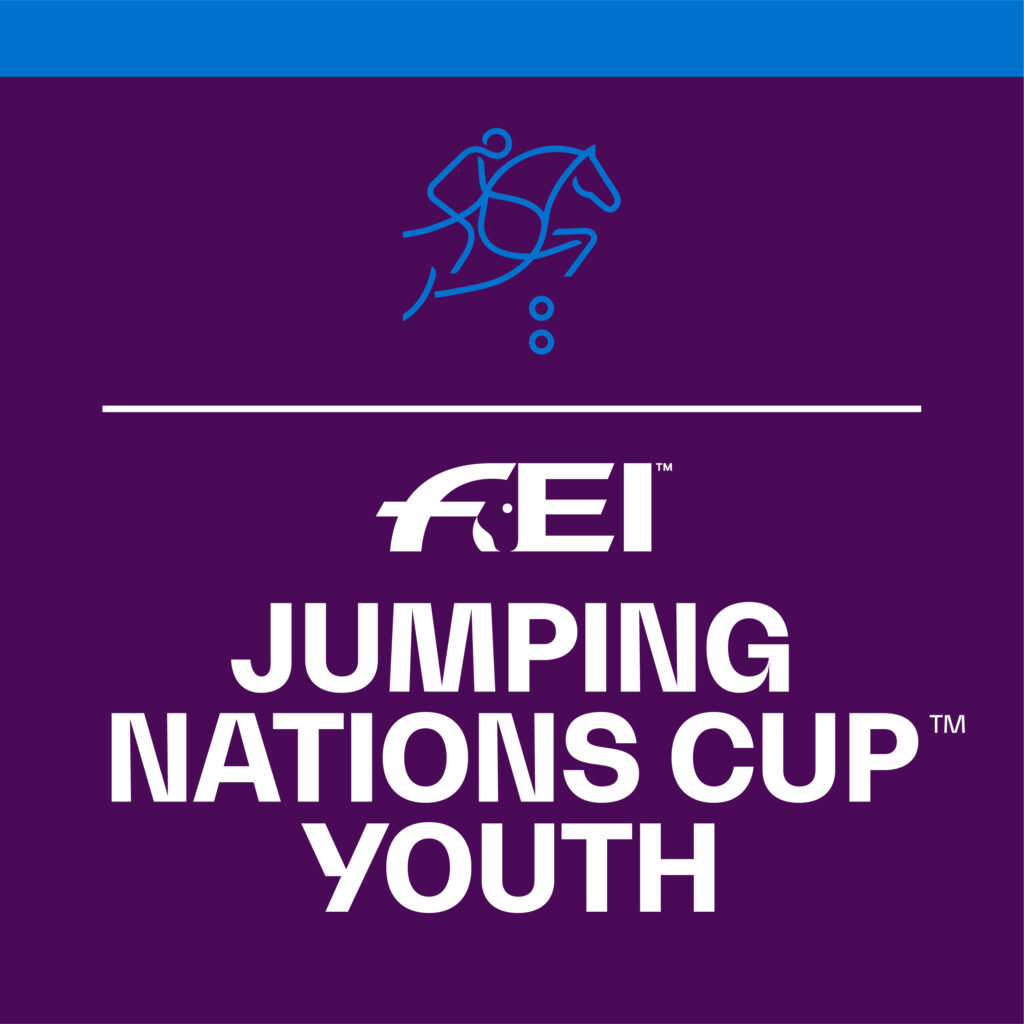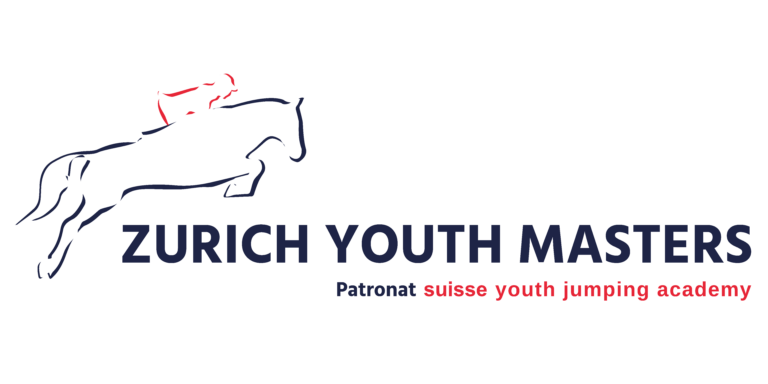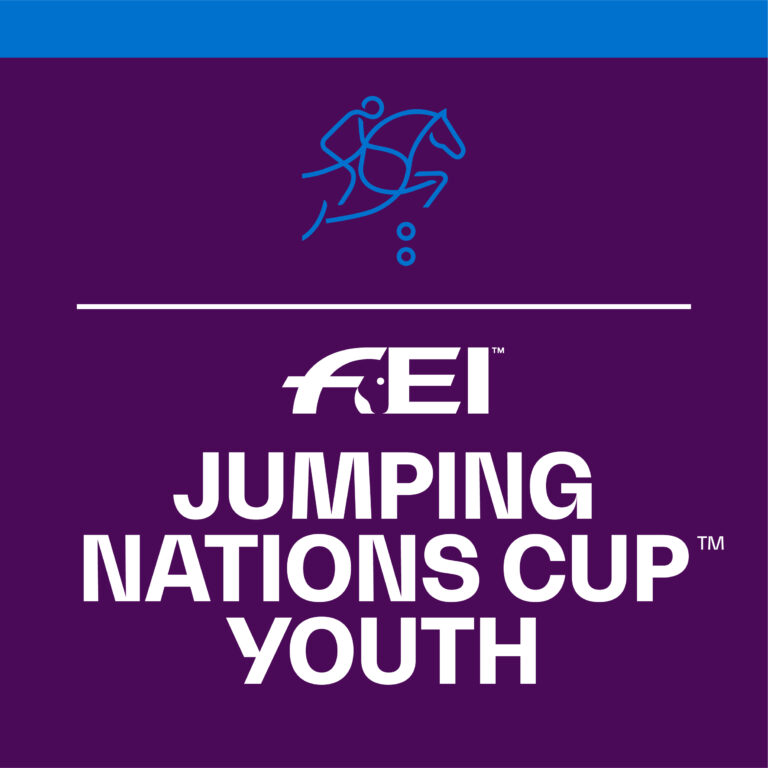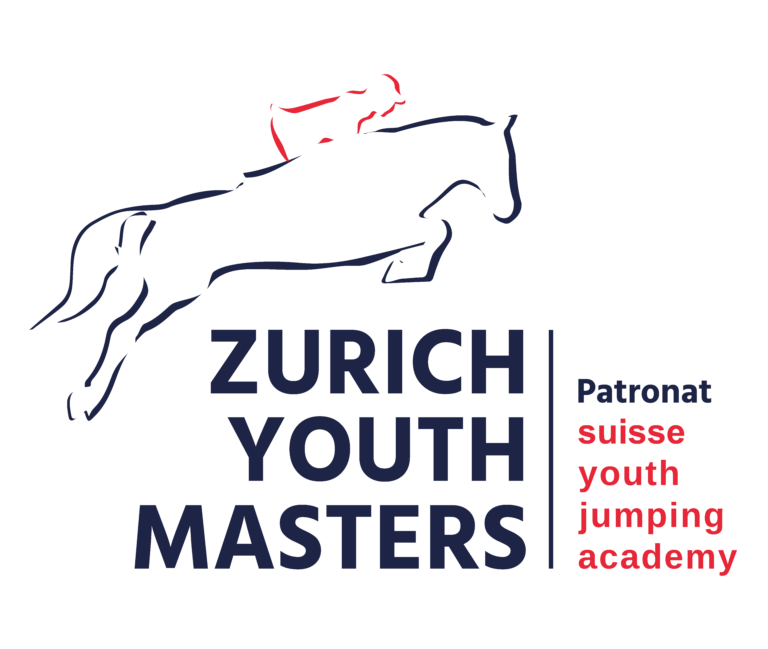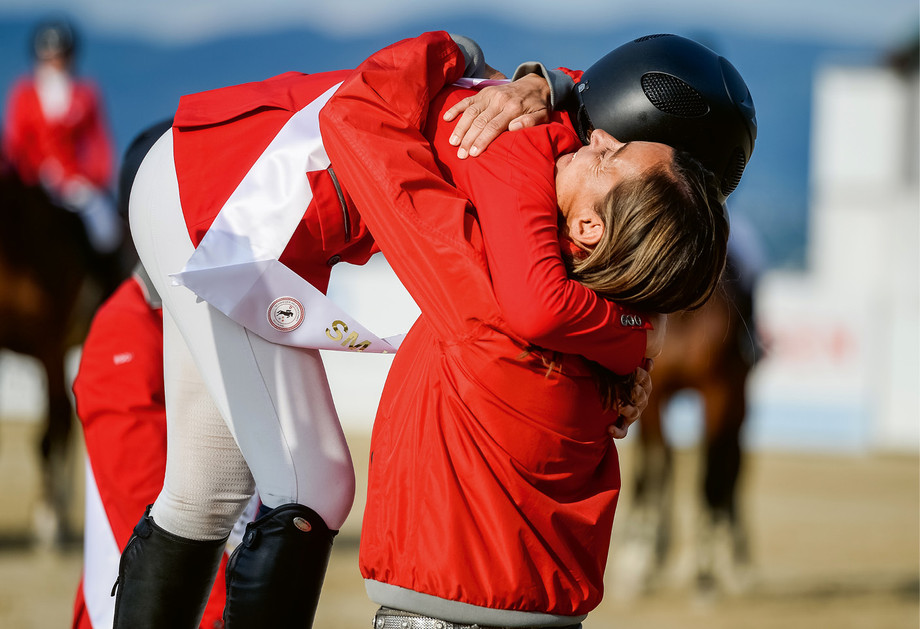Cornelia „Conny“ Notz is the responsible for young talents in the discipline of show jumping at the Swiss Equestrian Federation (SEF) since 2020, having previously led the Swiss Children’s Team since 2009, and is also the project manager of the Suisse Youth Jumping Academy SYJA. In her function, she is responsible for the season planning of over 60 riders. She is supported in her work by the experienced coaches and jumping trainers Thomas Balsiger, Christian Sottas and her husband Jürg Notz, with whom she also runs the family-owned Notz stables in Kerzers FR (SUI).
Zurich Youth Masters: How are the Swiss young talents doing?
Cornelia Notz: Swiss young riders are lucky to have good support from the SEF, the SYJA promotion project and the Swiss Team Trophy (STT) patrons‘ association. A lot of emphasis is placed on a broadly basis of young riders, and accordingly, good promotion can currently be offered in various areas with the available funds. Every rider who rides with feeling and a good basic training is an asset to our sport. It can sometimes happen that riders are supported who will perhaps never represent Switzerland at official events and championships, such as CSIOs or European Championships. But it takes everyone: the ambitious ones who also have the appropriate horses at their disposal, and those who, for various reasons, cannot set such high goals. But they all have something in common: they live our wonderful sport with passion and love for horses. I am sure that this is exactly why many volunteers and supporters get involved to organise or actively support events. That is why I am glad to see that we always have many registrations in all squad areas, regionally and nationally, and I hope that this will continue in the future.
Accordingly, from my point of view, the new generation in Switzerland is absolutely on the right track and forms a breadth that deals with its horses in a sustainable, horse-friendly and loving way.
What progress has been made in recent years?
In the junior area of the show jumping discipline, the awareness that the basic knowledge about the biomechanical processes of horse and rider is of great importance for correct and horse-friendly riding could be promoted well. It is easy to see that both this awareness and the corresponding implementation have clearly improved. This basic knowledge is essential and must be learned and promoted at a very early age. It would be a pity if bad or wrong automatisms had to be trained out again later. Of course, there is still a lot of work to be done, we never stop learning, but we are on the right path.
What do you particularly enjoy about it?
I feel that we have achieved a very good team spirit. It gives me great pleasure when I see riders, who used to be in the children’s team, still together after a few years, and when I realise how they are united by their shared experiences and how long-lasting friendships have developed as a result. Especially in difficult times and when things don’t go so well, such cohesion is extremely important, especially for children and youngsters.
However, all this doesn’t just happen overnight. In smaller competitions we see that our youngsters can already ride a course with a better basic training and with more technical skills. The progress may seem small from the outside, but such a development takes many years.
What does it take to become even more successful?
We must stay on the ball. The constant reflection and interest in growing must never be lost. Without horses, riders are merely pedestrians. Our four-legged partners are therefore probably the most important thing of all in our sport. To be even more successful, we should be able to count on very good and well-trained horses that are suitable for the corresponding demands and challenges in show jumping. At the same time, we need to train riders who can sustainably build up horses with potential for the sport and maintain them in the sport in the long term.
Furthermore, the demands on the riders have also increased. There are now a lot of very good riders in the junior sector, there is more competition. It takes a lot of self-discipline, strong will, the right amount of critical faculties and stamina to be able to perform in this sport in the long term.
What were the highlights in the past years?
Our silver medal in the team at the Jumping European Championships for Juniors in Vilamoura (POR) this year is of course a wonderful highlight that I will never forget. We travelled to Portugal with the hope of winning a medal, but we didn’t really say so loudly. We simply knew that we have a very strong junior jumping team and that theoretically a lot is possible. When our junior team showed such a great performance and the horses fought so well, we were all just proud and happy about this well-deserved medal.
My personal highlight is of course the gold medal at the Children’s European Championships 2009 in Moorsele (BEL), which our daughter won with Sjarlotte. It was so impressive how the mare always gave everything for Larissa and probably knew that it was probably a very important moment. It showed me how important this symbiosis of horse and rider is and how much can be achieved together.
The medals in the young riders‘ section, which were won with Martin Fuchs as team leader, are also impressive in my memory. And of course, Bryan Balsiger’s gold medal at the 2017 Jumping European Championships for Young Riders in Samorin (SVK). At that time, I was only responsible for the children’s team, but I already knew Bryan from the children’s squad. The way Bryan has gone since is brilliant. He always stayed down to earth and true to himself. As a team leader or coach, you always remain a fan of your former riders.
For me, it is also a milestone that in 2013, for the first time, an official Swiss children’s squad was created within the SEF jumping discipline with the corresponding selection principles and that subsequently, in 2014, a Swiss championship was also held in this category for the first time.
But I am always very happy about the personal successes of „my“ riders. When I see how they have to fight their way through a lean period, I know that it is very hard for them, and I always feel a bit sorry for them. When you see how they come back better and stronger than before and achieve their goals, it is a wonderful moment.
What are the goals for the next few years?
Together with our horses, we want to grow steadily, improve and meet the latest requirements. Successes at international competitions and medals at championships are part of our goals and a wonderful reward for all the commitment in the area of young talent. Of course, we would like to be able to bring many more of these home to Switzerland in the future. We hope that we can also count on horses with potential in the coming years, so that we can keep up with the other countries.
But we also want to show that we always form a team together with our horses, and we also spend so many hours with our four-legged partners because their welfare is extremely important to us. So important that we always try to realistically assess the actual state and make the very best out of the situations.
What contribution can the Zurich Youth Masters make to this?
I am very pleased that there will be an outdoor CSIO for young riders in Switzerland again since a long time! An event in this setting is not a matter of course for our youngsters and a rare opportunity to gain important experience in show jumping. The riders can consider themselves very lucky to be able to take part in this international tournament in Switzerland and in front of a home crowd. Especially those who cannot participate in international tournaments abroad will be able to gain important experience on their riding path at this tournament in Switzerland. We are very grateful for this, especially as the organisation of such an event is always connected with a lot of effort and requires corresponding partners, sponsors and supporters, as well as countless helping hands and volunteers. From my side, too, a big thank you to all those who make this possible for our young people.
